
Information on Scabies
For those who do not know, scabies is a fairly common typeof skin infestation which can easily be recognized by small blisters and bumpswhich tend to be rather itchy. These blisters and bumps are triggered by verysmall mites who are scientifically referred to sarcoptes scabiei. These mitesget to the top layer of the skin and lay their eggs there. The burrows theymake are darkened lines on the surface of the skin which may be reddish, wavyand short and are usually located between the fingers and around the wrists. Scabiesare also often accompanied by a red bumpy rash. Scabies is very contagious andit can easily be transmitted by simple skin to skin contact or sexual contactwith a person who is already infected. Crowded situations which involve a lotof close contact are the infection’s best friend because they make it very easyto be transferred. The most common places include nursing homes, college dorms,childcare centers and households. Mites which are held responsible for theonset of scabies are known for being able of surviving for up to three days indust, bedding and clothing, so it is possible to get infected simply by sharingtowels, linens and clothes with a person who is infected. In some cases, thefirst symptoms of the condition may not appear until 6 weeks after theinfection. Those who have had scabies before may experience only a couple ofdays following the infection.
Signs and Symptoms
The most common symptom associated with scabies is severeitching. This sensation is commonly even worse after a hot bath or during thenight. The initial symptoms include small bumps or blisters which may be filledwith pus. Those often break when they are scratched. The skin gradually becomesitchy and it can also get thicker, scaly or scabbed. The annoying itchiness,which is the most significant symptom of this medical condition is actually ahypersensitivity reaction to the presence of the mites and as well as to theireggs and feces. The scabies usually affect the feet and the hands. The areasinclude webs between the toes and the fingers, the folds under the arms and theinner parts of the wrists. Other areas which can be affected include thebuttocks, navel, genitals and the breasts. Severe itchiness may lead toexcessive itching and bacterial skin infections may occur in some cases. One mustavoid direct physical contact and sharing of towels, linens and clothes with aninfected person.



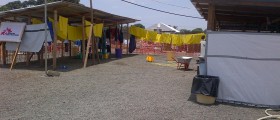

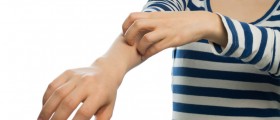

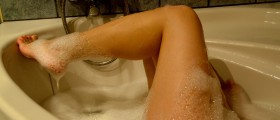

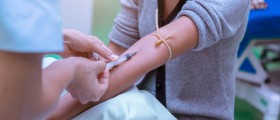

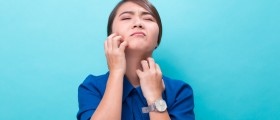


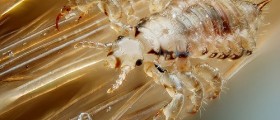
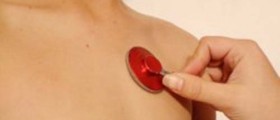
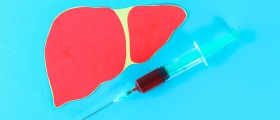
Your thoughts on this
Loading...